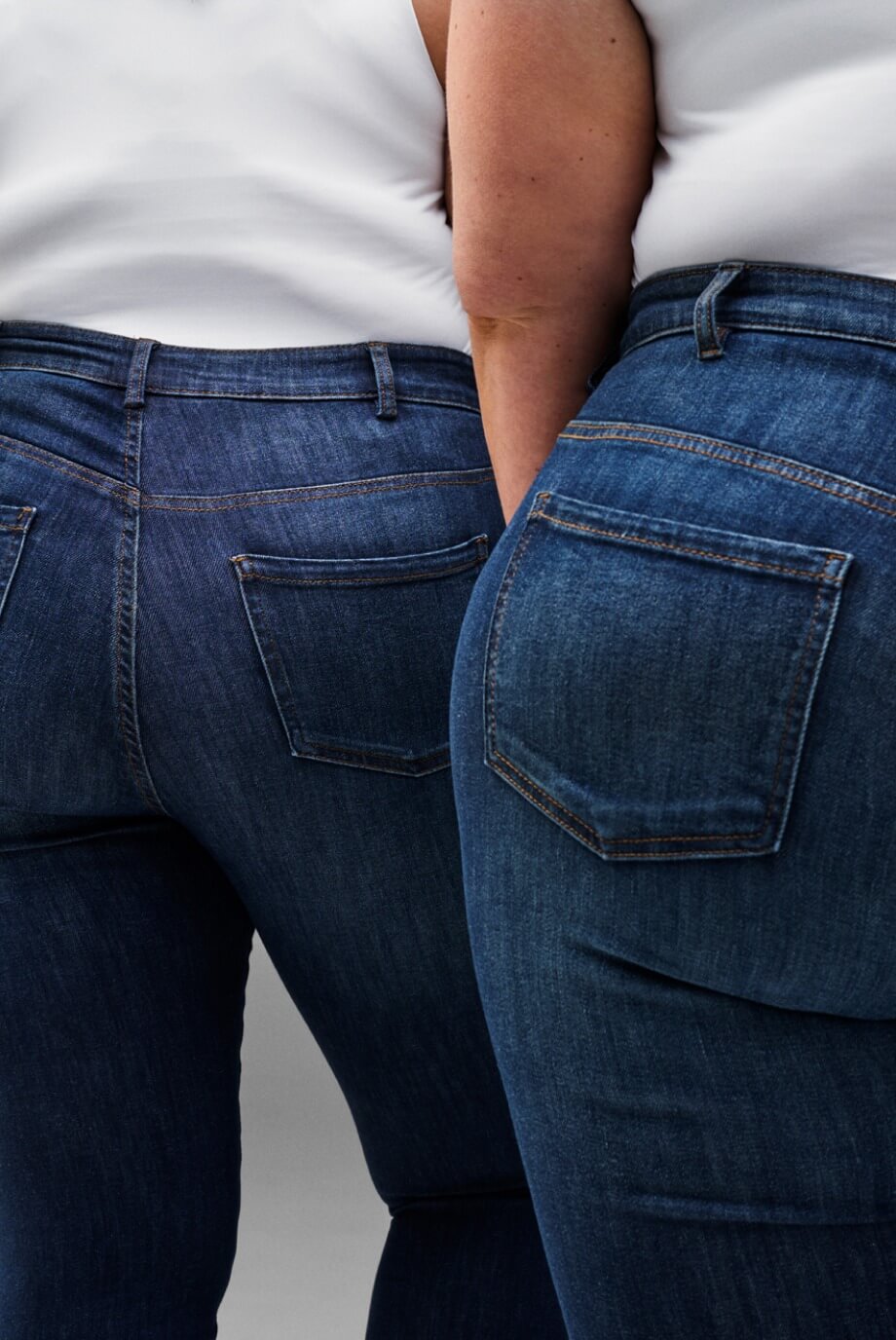When the cold sets in, having the best winter jacket is essential for staying warm and comfortable. But with so many options available, choosing the right one can be overwhelming. Whether you're looking for the warmest winter jacket for extreme cold or a lightweight yet insulated option, this guide will help you find the perfect winter jacket for your needs.
What Makes a Good Winter Jacket?
The best winter jackets balance warmth, breathability, and durability while offering a comfortable fit. Below, we explore key factors to consider when selecting a good winter jacket for women.
Insulation and Warmth
Staying warm in winter requires proper insulation. Different materials provide varying levels of warmth and breathability:
- Down Jackets: Known for their excellent insulation, down jackets trap body heat effectively. They are lightweight, making them ideal for everyday wear.
- Wool Coats: Wool is a natural insulator that regulates body temperature and absorbs moisture without feeling damp, making it a great option for stylish coats.
- Synthetic Insulation: Jackets with synthetic fillings, such as Sorona, offer lightweight warmth and retain insulation even in wet conditions. They are also a sustainable alternative to down.
When choosing the best jacket for winter, look for high-quality insulation and features like hoods, cuffs, and adjustable closures to enhance warmth and comfort.
Breathability
A breathable winter jacket ensures moisture, such as sweat, escapes while keeping cold air and moisture out. This feature is crucial for maintaining warmth and comfort, especially during outdoor activities. If your jacket isn’t breathable, trapped moisture can make you feel damp and cold, reducing its effectiveness in cold weather.
Wind and Waterproofing
A high-quality winter jacket should be both windproof and waterproof to protect against harsh weather conditions. Features to look for include:
- Windproof Layers: Tightly woven fabrics or coatings that prevent cold air from penetrating the jacket.
- Waterproof Coatings: Materials like Gore-Tex and sealed seams keep rain and snow out.
- Insulated Hoods and Cuffs: Adjustable elements help keep warmth in and cold air out.
Durability and Quality
Investing in the best winter jackets means choosing durable materials and strong stitching. High-quality winter coats should withstand multiple seasons without losing their insulating properties. Look for:
- Reinforced seams for extra durability
- High-quality zippers that work smoothly, even in freezing temperatures
- Water-resistant exteriors to maintain warmth in wet conditions
Comfort and Fit
The right fit enhances a jacket’s warmth and comfort. A loose-fitting jacket may allow cold air to enter, while a snug fit keeps warmth in. Adjustable features, such as drawstrings and elastic cuffs, provide a customized fit for added insulation and ease of movement.
Popular Types of Winter Jackets
Winter jackets come in different styles, each suited for specific needs and preferences:
- Parka Jackets: The best winter coats for extreme cold, offering full-body warmth and functional details like deep pockets and faux-fur-lined hoods.
- Puffer Jackets: Lightweight yet warm, puffer jackets are among the best cold-weather coats, providing excellent insulation without bulk.
- Softshell Jackets: Breathable and wind-resistant, these jackets are ideal for layering and active winter wear.
- Down Jackets: The best lightweight winter jackets for those who need warmth without weight.
How to Maintain Your Winter Jacket
To keep your winter jacket in top condition, follow these essential maintenance tips:
- Wash with Care: Follow manufacturer guidelines and use mild detergent to prevent damage to insulation.
- Air Dry: Avoid tumble drying to maintain the jacket’s shape and insulation.
- Proper Storage: Store in a dry, cool place, away from direct sunlight.
- Regular Repairs: Fix small damages, such as broken zippers or loose seams, promptly to extend the jacket’s lifespan.
- Reapply Waterproofing: Over time, waterproof coatings wear off—reapply a waterproof treatment as needed.
Finding the Best Winter Jacket for Women 2025
Whether you're looking for the best cold-weather parka, the warmest winter jacket for extreme cold, or a stylish wool coat, Zizzi offers a range of winter jackets designed for plus-size women. Discover high-quality winter jackets for women that combine warmth, comfort, and fashion, ensuring you stay cozy all season long.
































